Comfortable and Quiet Homes Designed for Year-Round Living
Experience True Comfort with Consistent Indoor Temperatures and Air Quality
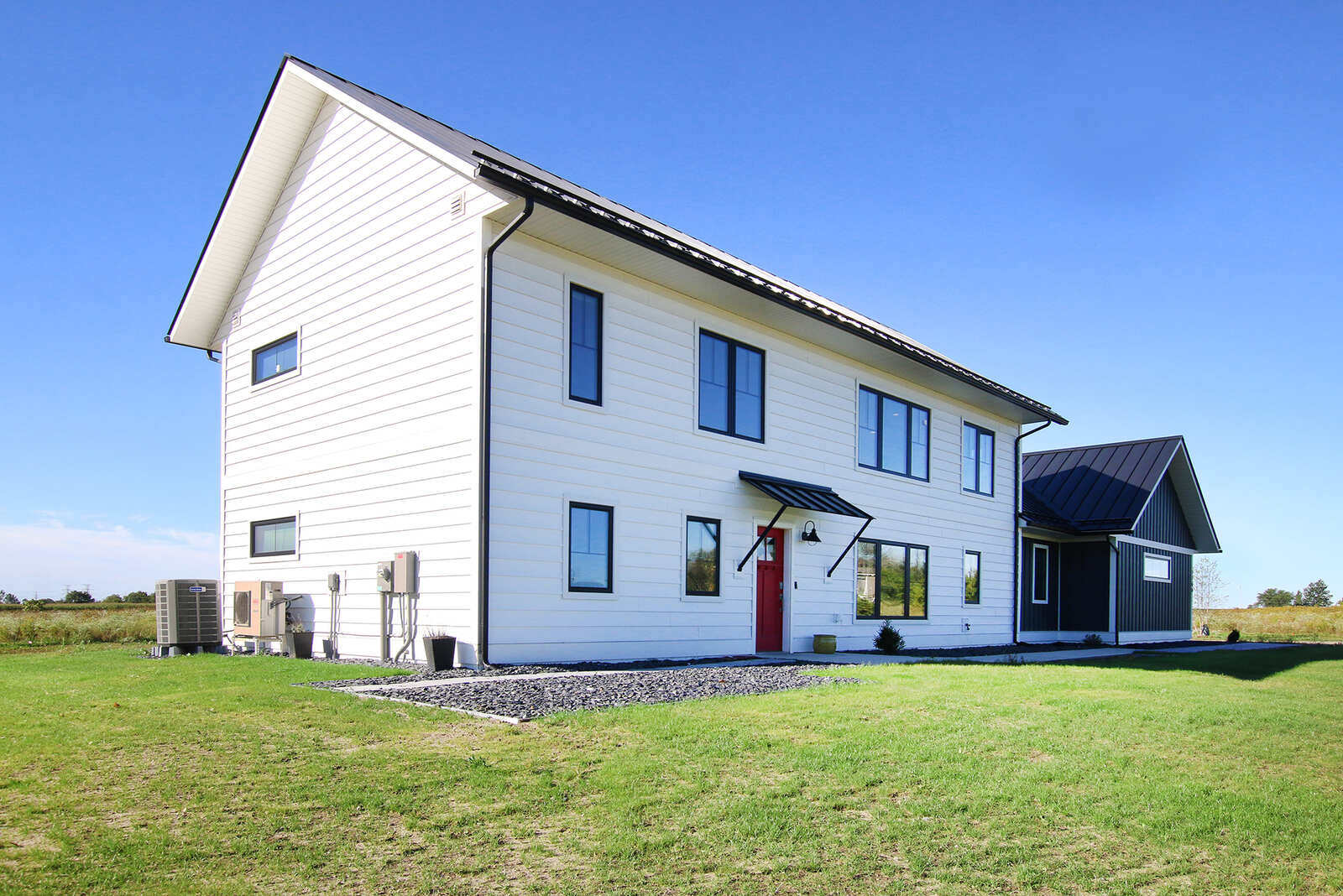
The Science of a Truly Comfortable Home
At R-Value Homes, we believe a comfortable home goes beyond temperature control—it’s about creating an environment that feels just right all year long. Using advanced building techniques, such as Insulating Concrete Forms (ICFs) and continuous insulation, we eliminate drafts, cold spots, and excessive humidity. The result? A home where every room feels comfortable, no matter the season, so you can enjoy living to the fullest.
The Importance of a Quiet Home
Noise pollution can disrupt your daily life and impact your well-being. ICF homes naturally minimize noise and vibration, providing a peaceful environment inside. From blocking outdoor sounds to ensuring quiet within your home, we create serene living spaces where you can relax and focus on what truly matters.
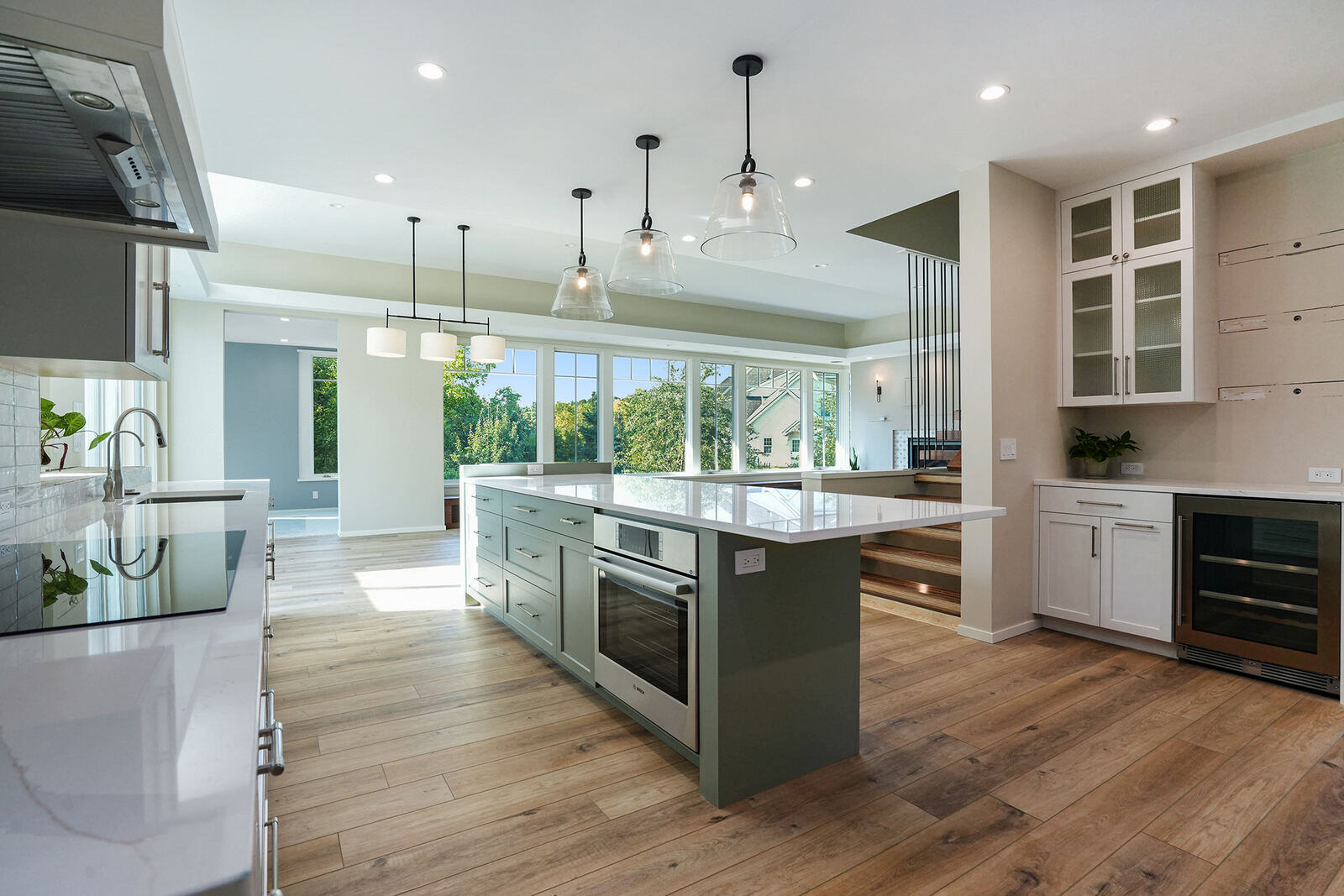
Frequently Asked Questions
- How does ICF construction contribute to a more comfortable and quiet home?expand_more
- ICF construction provides superior insulation and eliminates thermal bridging, ensuring stable indoor temperatures throughout your home, even in extreme weather. ICF walls also have a high Sound Transmission Class (STC) rating, which significantly reduces noise transfer. They block out external sounds, such as traffic or storms, and create a quieter indoor environment.
- Why is humidity control important for comfort?expand_more
- Proper humidity control prevents dry air in winter and excess moisture in summer, keeping your home comfortable and reducing issues like itchy skin or clammy air.
- Can triple-pane windows improve home comfort and reduce noise?expand_more
-
Yes! Triple-pane windows provide excellent insulation, reducing heat loss in winter and heat gain in summer, which helps maintain a consistent indoor temperature. They also provide superior insulation against both noise and temperature fluctuations.
- How does radiant floor heating enhance comfort?expand_more
- Radiant floor heating provides even warmth underfoot, eliminating the chill of cold floors and creating a cozy environment during colder months.
- What makes a comfortable home energy-efficient?expand_more
- Energy efficiency and comfort go hand in hand. By minimizing air leakage, improving insulation, and using efficient HVAC systems, we create homes that are both comfortable and cost-effective to maintain.
- How are your HVAC systems designed to minimize noise?expand_more
- Our HVAC systems are designed to maintain comfort, so they run at a very low volume. Noise and drafts are a thing of the past. Furthermore, they are placed in locations that reduce operational noise, ensuring a quiet and comfortable home.

Custom Home Cost Guide
Ready to plan your dream home? Our Custom Home Cost Guide takes the guesswork out of budgeting and helps you make informed decisions. Discover what it really takes to bring your vision to life with confidence and clarity.
- Learn the average costs for custom homes in West Michigan
- Get tips to maximize your budget without compromising quality
- Understand the factors that influence custom home costs
Where We Work
R-Value Homes proudly serves West Michigan, including Greater Grand Rapids and surrounding towns, with custom homes and ICF installation. We create homes tailored to our clients' unique needs and lifestyles. Don’t see your area listed? Reach out to us today to find out if we serve your location. We’re always expanding our reach to help more West Michigan families build their dream homes.
Our Service Area
- Grand Rapids
- East Grand Rapids
- Ada
- Lowell
- Wayland
- Middleville
- Rockford
- Caledonia
- Byron Center
- Hudsonville
- Allendale
- Jenison
- Grandville
- Zeeland
- Holland
- Fennville
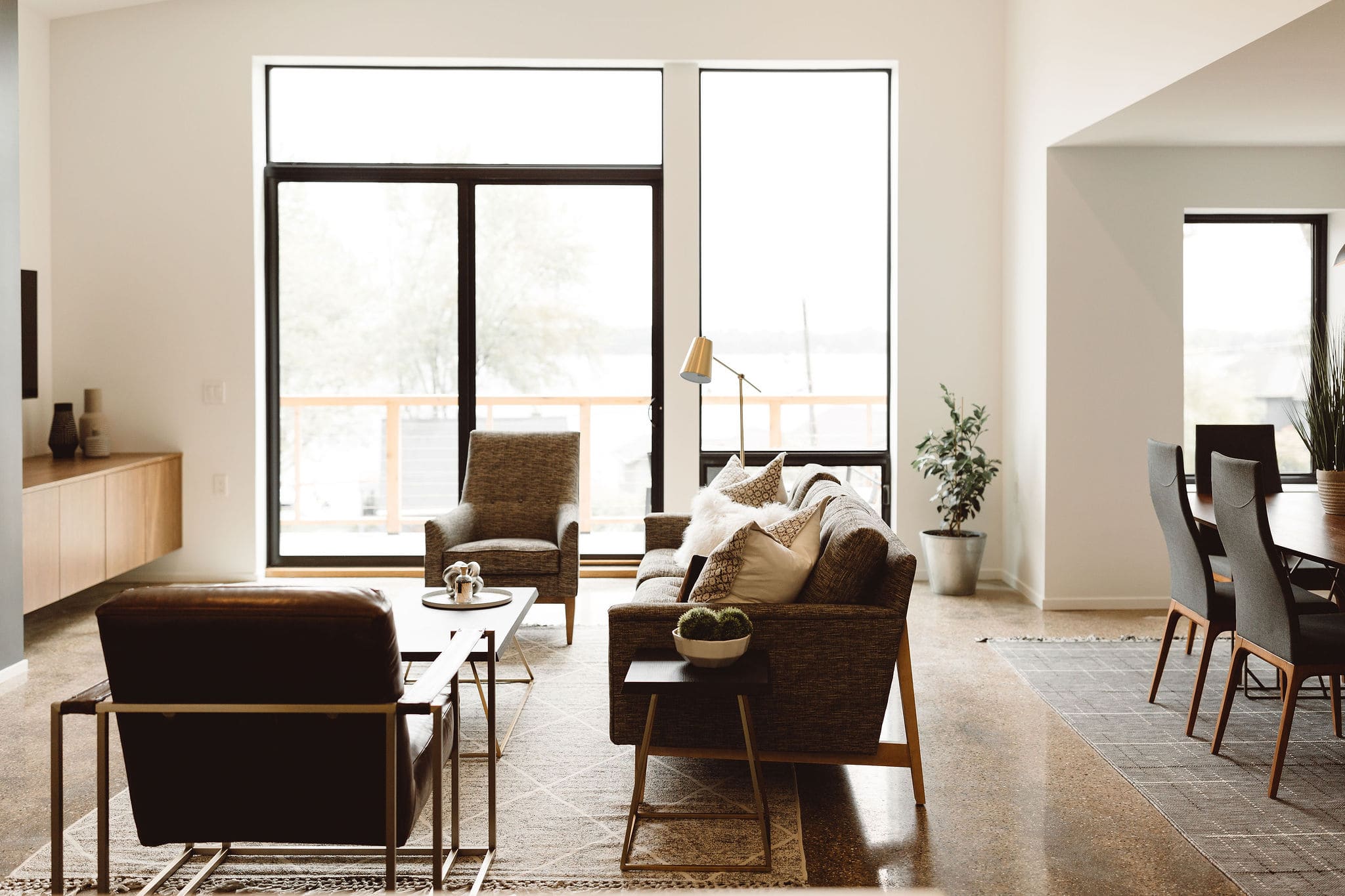
What Our Clients Think
"My wife and I interviewed several builders for our ICF home that we had designed. Ultimately we chose R-Value Homes because Jake and is employees/partners are very honest and hardworking. They worked with us to keep the project on budget and completed it in the time frame that was estimated. The build quality is superb.
Also, Jake's experience and expertise in building net zero and high efficiency homes is undeniable. The build quality and overall solid feel of the home is impressive. We couldn't be happier about how it turned out."
James Felgner
Custom Home
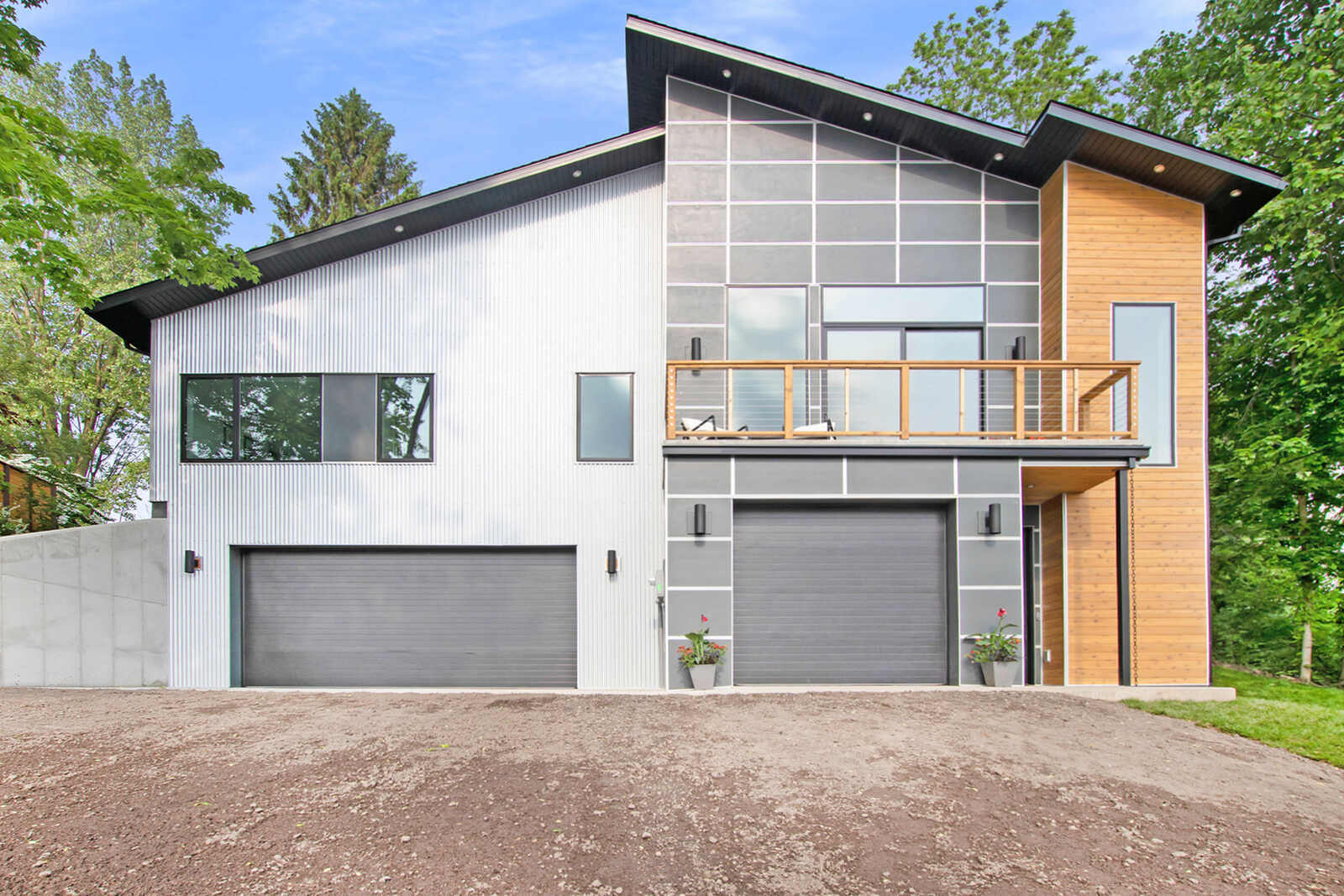
What Our Clients Think
"Working with RValue Homes was amazing. Jake is very detail oriented and creative. He always returned our communications quickly and stayed on top of all the different people in our home. RValue Homes surrounds itself with excellent craftsman as well- from the people who worked on the interior wall framing to the final trim guys- they were very trustworthy and we enjoyed talking with them everyday we stopped by the house while it was being built. Having an ICF home for the first time, we have had a lot of questions and Jake has been thorough with his descriptions and answers to our questions. We love our new home and would not change a thing."
Va Nia Tjalsma
ICF Custom Home
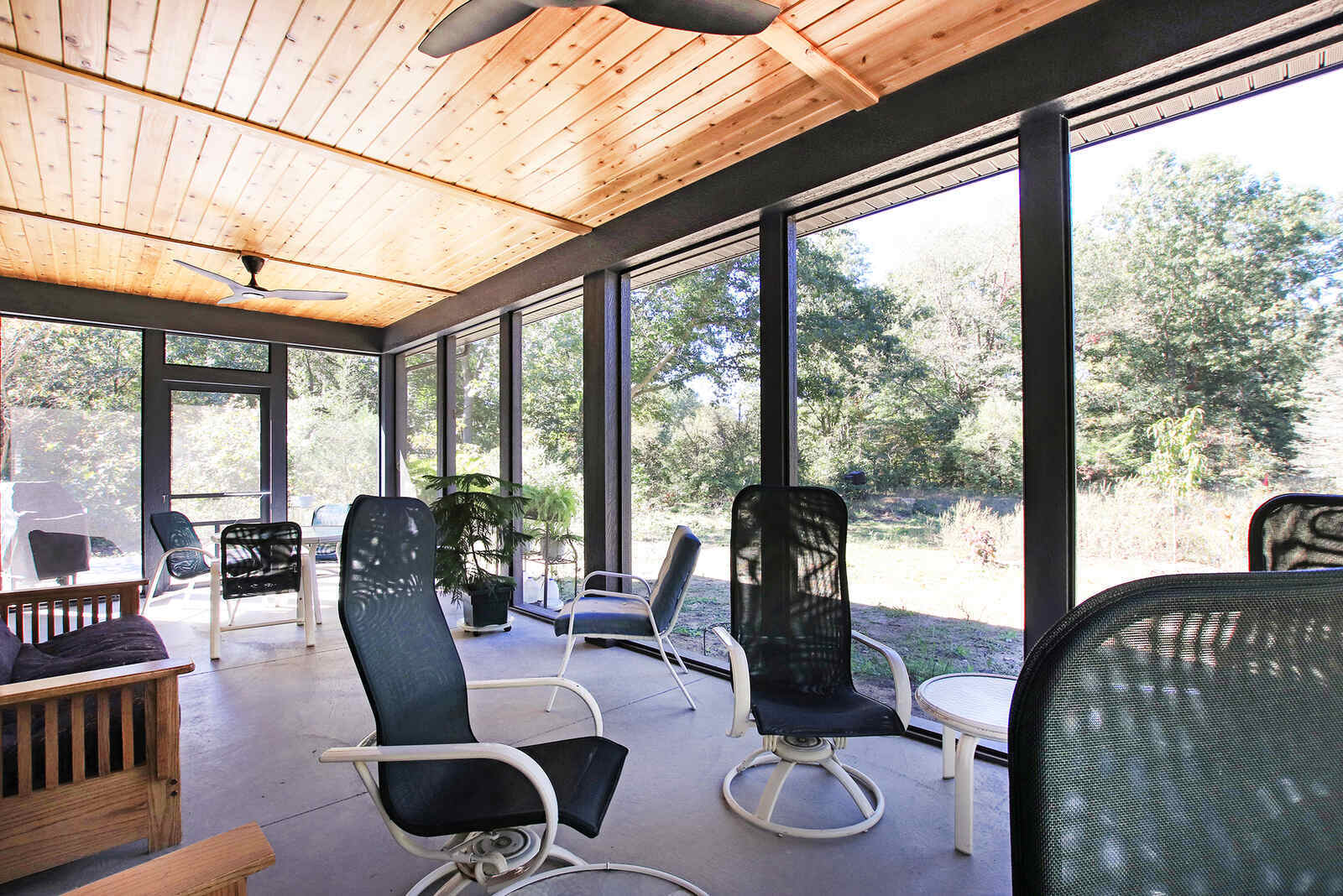
What Our Clients Think
"Jake and his team are beyond amazing. They are honest, hard working people, and you will get exactly what they offer. Our home is beautiful, energy efficient, clean, and unique. It wouldn’t be the same home if it were built by a different company."
Sarah McCracken
Custom Home
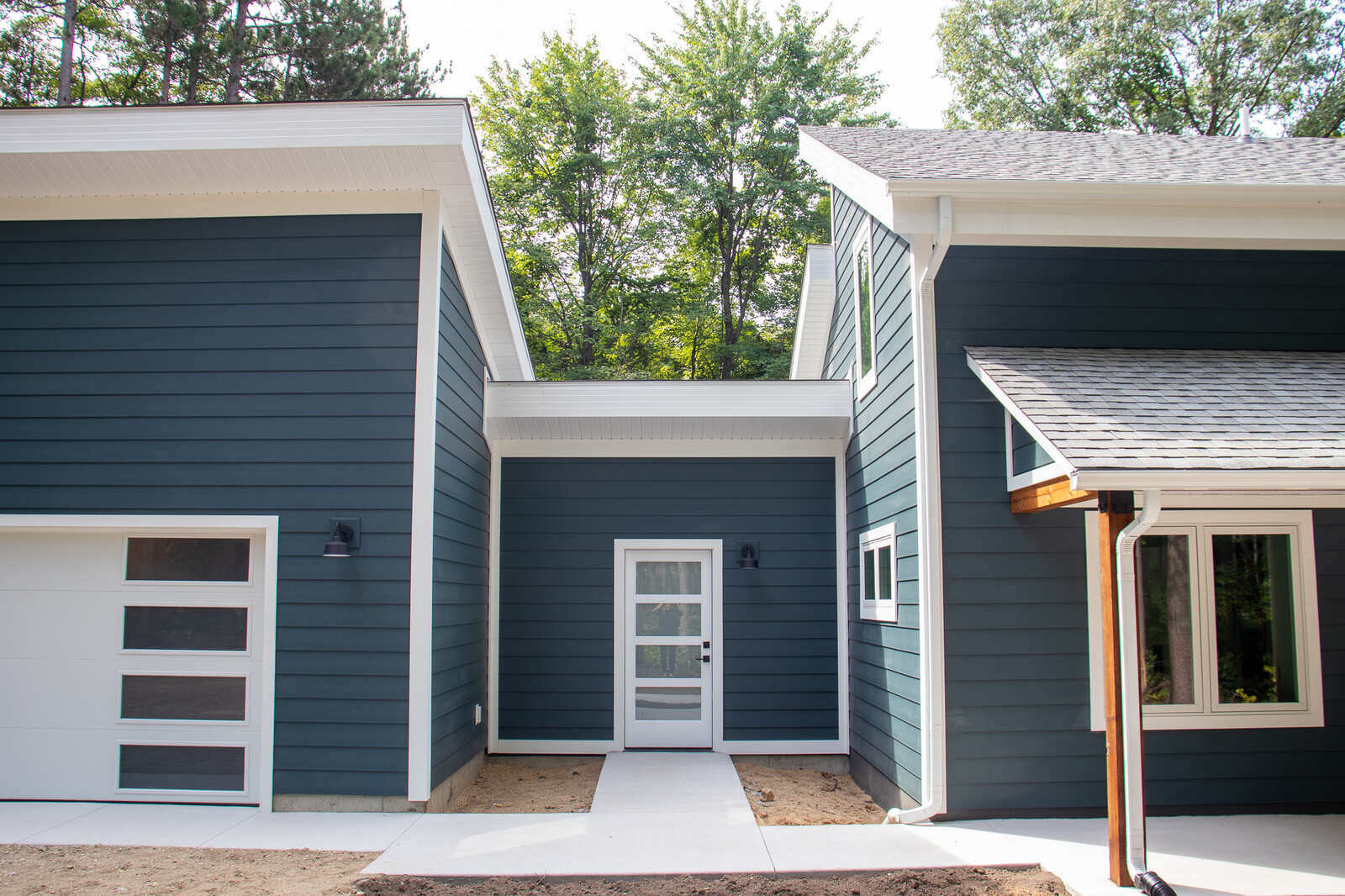
What Our Clients Think
"Here’s why R-Value Homes is the best. We had a minor HVAC issue last night at 9:00 pm. Called Jake, who built our house over 2 years ago. He said he could be out first thing in the morning. He was at our house right when he said he would be and fixed the issue in minutes. A few hours later he sent us a follow up email with 3 different options to make sure the issue doesn’t happen again. The service and professionalism is beyond expected and so appreciated. We can’t say enough good things about R-Value Homes!"
Michael McCracken
Custom Home
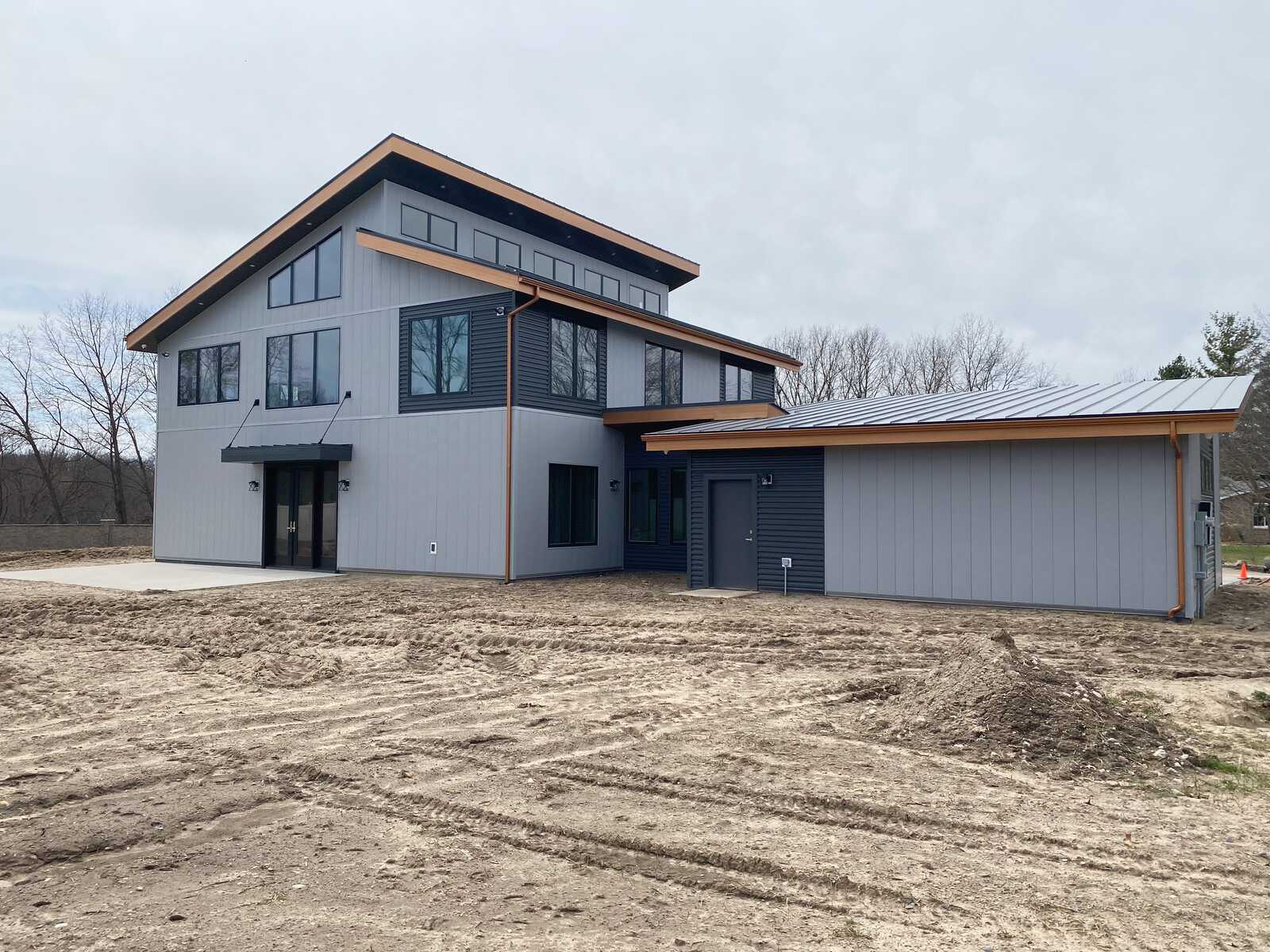
What Our Clients Think
"R-Value has done numerous concrete projects for us over the years. The owner of the company has excellent character, is trustworthy and reliable. This company stands behind their work, even when it cost them financially to do so."
Jeff Sneller
Custom Home
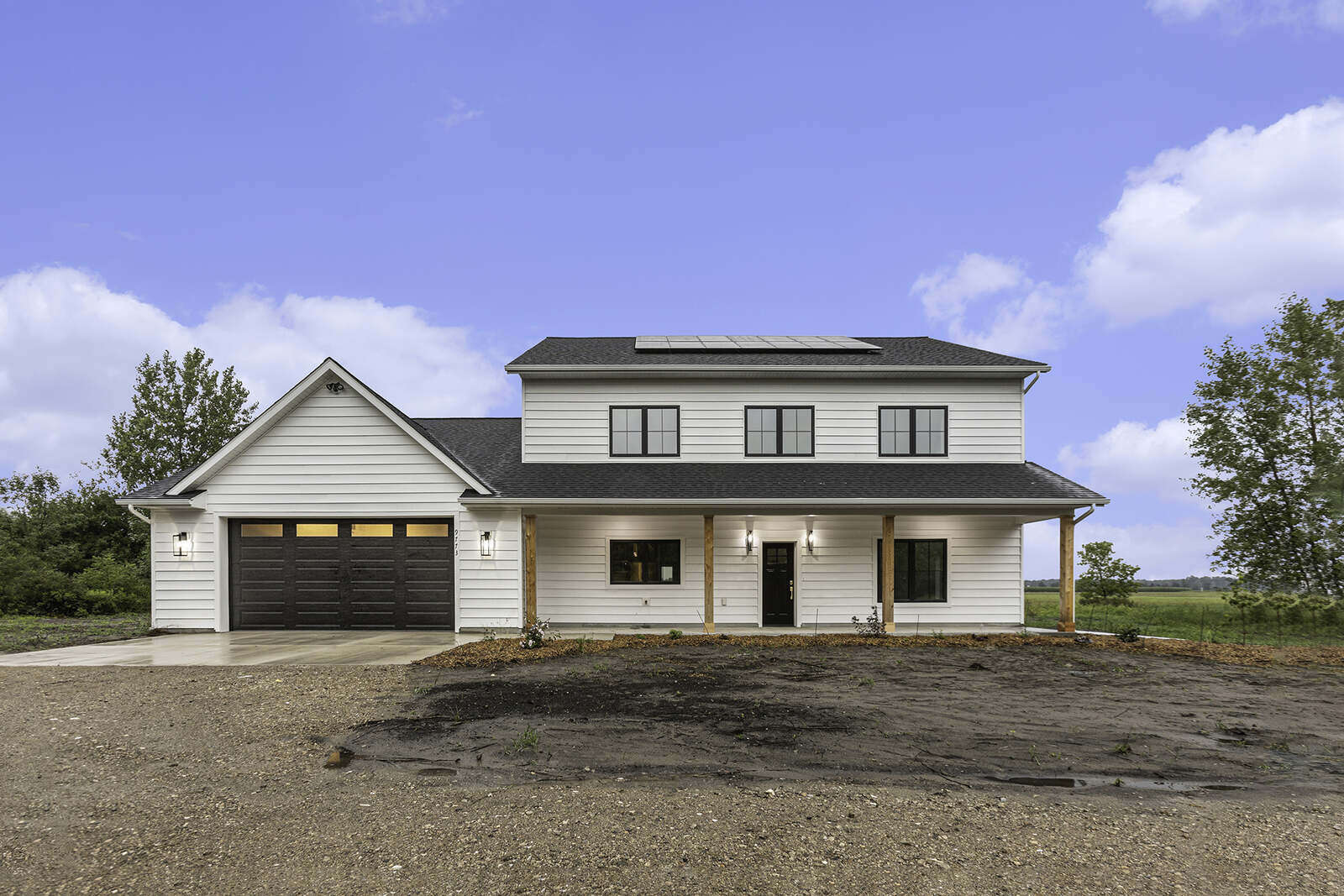
What Our Clients Think
"We were very pleased with the work they did. We would highly recommend them. Quality workmanship."
Paula Wagenaar
Custom Home
Ready to Build the Perfect Home?
Let’s Bring Your Vision to Life
Your ideal home is closer than you think—energy-efficient, healthy, and tailored to your lifestyle. Contact us today to get started and see how R-Value Homes can make it happen!
